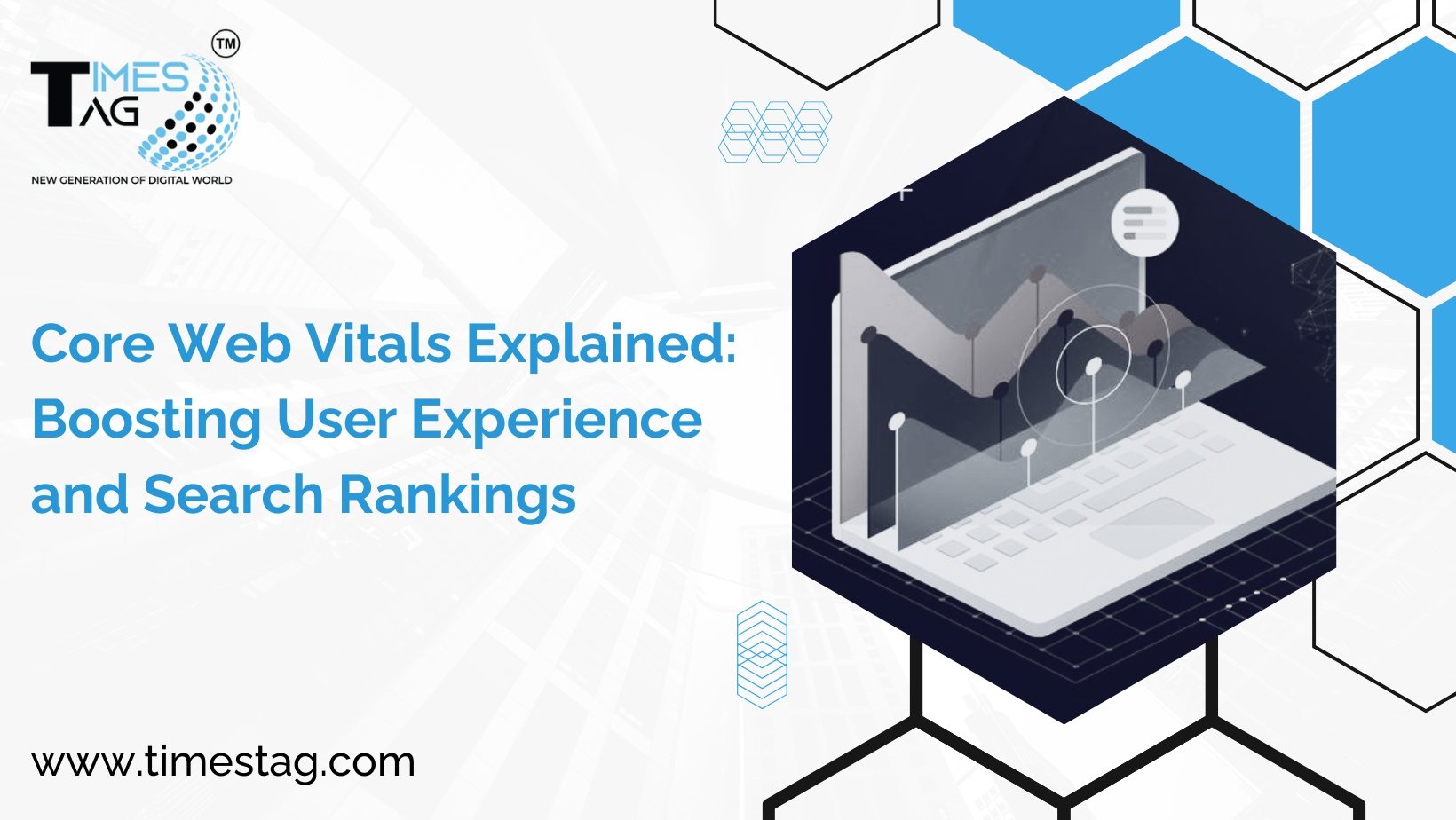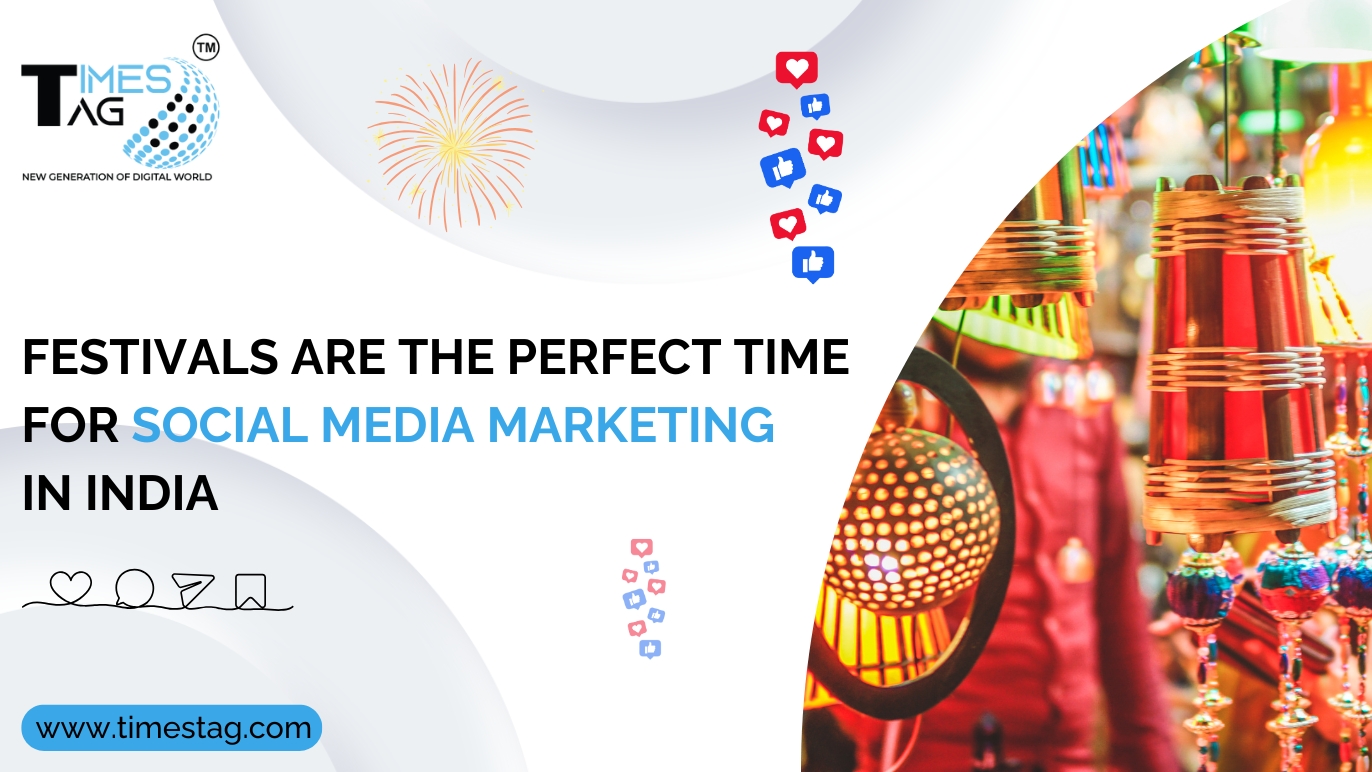Website Design used to be very hard, but that is no longer true. Now, it has become easier to design your websites and develop them all with good rank of visibility. At Times Tag, we are the top Web Design company in Ahmedabad, India.
Website accessibility is getting higher growth in today’s digital era. Everyone deserves an equal opportunity to explore and have access the websites with the same information and services available to all users. It must allow them to access the same information and services available to everyone. By making your website accessible, you ensure that everyone has equal access to your online content.
Whether you are a web designer, web developer, content creator, or business owner, knowledge and enforcing accessible design principles is essential. This guide will help you explore Accessible Web Design including all of the important concepts.
Contact us, to learn more about how to give a sparkle to your website that leads more traffic to your business. We are professional experts in building your website, designing it perfectly, and developing it in a way that benefits you and your business to rank high in the social media market. We are well known for our Web Development and SEO services.
What is Web Accessibility?
Tim Berners-Lee once said,
“ The Power of the Web is in its universality. Access by everyone regardless of disability is an essential aspect.”
The accessibility of your website ensures that all visitors, regardless of ability have a seamless experience. Many websites do not comply with web accessibility standards, which makes it difficult for people with disability to use the site properly.
The web is fundamentally designed to work for all people, whatever their hardware, software, language, location, or ability. Accessibility is essential for developers and organizations that want to create high-quality websites and web tools, and not exclude people from using their products
Thus the impact of failure on the web is fundamentally changing as the web removes the communication and interaction barriers that many people face in the physical world. Let’s explore, who manages Web accessibility on the Internet.
Who manages the Web Accessibility on the Internet?
The largest global organization in the field of web accessibility is the World Wide Web (W3C). W3C is comprised of a staff of technical experts who help coordinate technology development and manage the consortium’s operations. As part of the web accessibility initiative (WIP), they publish the Web Content Accessibility Guidelines, commonly known as WCAG.
These Guidelines are primarily responsible for defining and governing the basic requirements for web accessibility around the world and provide four principles to focus on when creating accessible websites.
Web Accessibility Standards
As mentioned, the Web Content Accessibility Guidelines (WCAG) outlines 4 fundamental principles of web accessibility. Each guideline also states accessibility guidelines for achieving web accessibility. But before we get into details, let’s explain the principles.
- Perceivable
The information and interface are presented in a way that can be perceived, understood, or that the user can be made aware of. Keep in mind that the information must be perceivable directly by the user, or by any type of assistive technology. Which converts printed text into synthesized speech or braille characters.
- Operable
Interface and navigation should be operable for all users, without disrupting them in any way. Usually, the most operable websites are very straightforward and do not have any excess functions. All visitors can utilize every part of the site’s functionality, from navigating a page to selecting a link from a menu to playing video and audio.
- Understandable
Information should be presented simply and understandably including both written and visual content. also, an important part of an understandable website is a good structure, that is intuitive and that navigation is readily available. Keep it digestible.
- Robust
The content should be robust in a way that can maximize its compatibility with different types of people and assistive technologies like screen readers. Your website’s HTML must be written in a way that assistive technologies can analyze your code easily.
Importance of Web Accessibility
Where accessibility is beneficial to users with disabilities, it is also beneficial for your business.
Accessibility can strengthen your brand, help you reach a wider audience, reduce the risk of legal complications, and improve your SEO and usability.
Strengthen your Brand
One of the many benefits of ensuring your website is accessible to all users is that it strengthens your brand. Your website is a way to tell the world that your business is inclusive and mindful of its customers and their needs. Ensuring web accessibility also infers that your brand is aware of best practices.
Reach a Wider Audience
Disabilities, impairments, and limitations are wide and varied. They can take the form of hearing loss, visual impairment, cognitive disabilities, and mobility limitations.
While you don’t have to ensure your website is accessible to everyone in the world, a few modifications and tweaks can go a long way in making your digital content more inclusive. By adding accessibility features like closed captions.
Reduce the risk of Legal Complications
As the internet is increasingly becoming part of people’s daily lives, it could be said that web accessibility for users with disabilities is a civil right. For businesses to avoid potential litigation for discrimination, accessibility should be prioritized by following the Web Content Accessibility Guidelines (WCAG).
Improve your SEO
Accessible websites don’t just promote usability, they also increase the chances of your site being found on search engines by improving your search engine optimization (SEO). SEO and accessibility go hand-in-hand. Websites with simple, clean, user-friendly interfaces help people with disabilities navigate them easily and have a better bounce rate.
Improve Usability
The purpose of accessibility is to make environments, services, and products more accessible to people with disabilities and limitations. From this perspective, it stands to reason that accessibility is another aspect of usability because it promotes an easy user experience.
Conclusion
The ultimate guide to web accessibility provides essential knowledge and techniques for creating inclusive and accessible websites. By implementing recommended practices, you can significantly impact the online experiences of individuals with disabilities. Web accessibility is an ongoing journey, and staying updated with the latest standards and best practices is crucial. By embracing accessibility, you comply with legal obligations and contribute to a more inclusive digital landscape, promoting social equity and equal opportunities for all.









